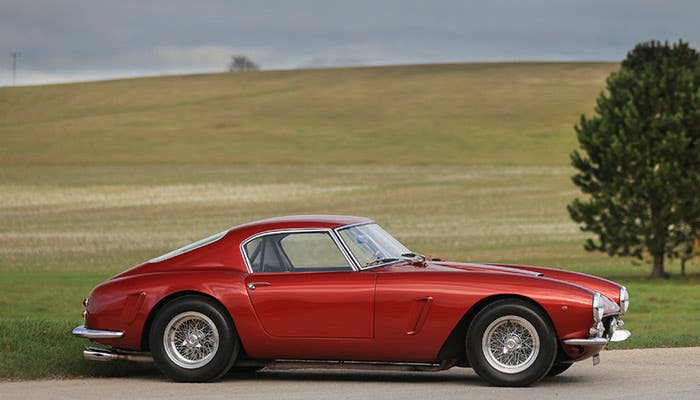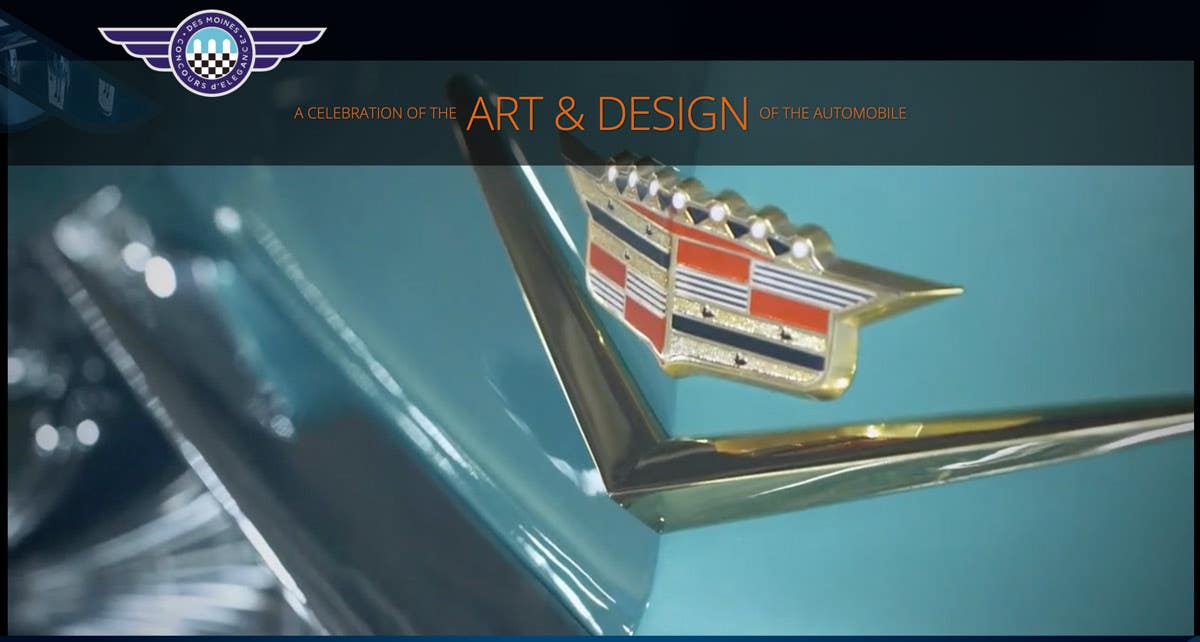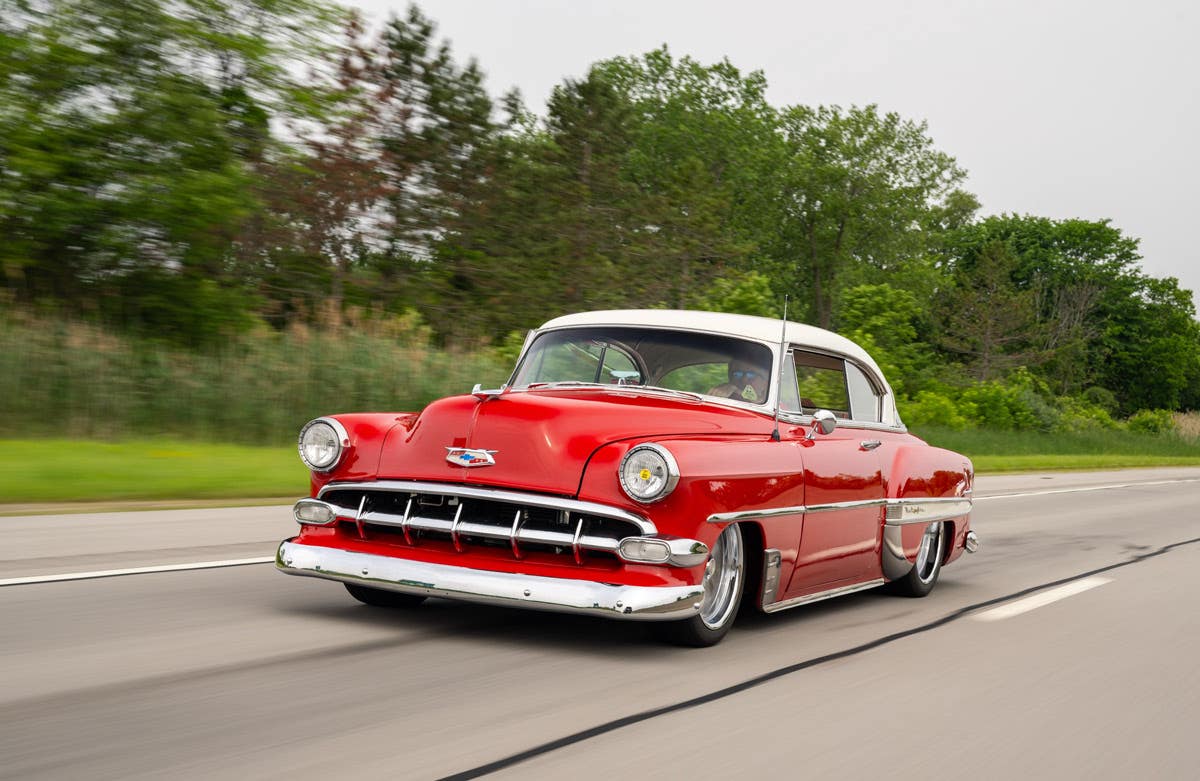When Ford introduced the Model A in 1928, it improved the company's reputation following Henry Ford's stubborn refusal to retire the Model T as it began to cost sales and prestige.
The Ford Model 18, introduced in 1932, bumped the company's reputation back to the top ' even with the car's antiquated braking and suspension systems. Why? The car's revolutionary V-8 engine. Coupled with the car's timeless styling, the V-8 engine brought the speed and performance formerly reserved for those who could afford luxury cars.
The concept of a V-8 engine was old news when the Ford Model 18 made its debut, but Ford had devised new production methods that economized the process. Ford was well aware that the primary flaw in production and maintenance of a V-8 engine was the multiple castings: block, crankcase, heads and manifolds. Lincoln debuted in 1920 with an advanced V-8 that was impossible to sell profitably under $5,000.
In typical fashion, Ford assembled a small team of professionals in absolute secrecy in the late 1920s to counter the trend of six-cylinder engines in low-priced vehicles. Ford pioneered the production of monoblock engines with removable head in the Model T, and most manufacturers followed his lead.
Ford and his team studied all V-8 engines available, as well as engines with more cylinders, including the Marmon V-16, by dismantling them and meticulously searching for flaws. This research, added to previous experiences at Ford and Lincoln, encouraged Ford to try something revolutionary ' the monoblock V-8, with both cylinder banks cast as one block. The resulting engine had one of the highest power-to-weight ratios in 1932.
The rollout
Carefully worded and timed leaks, as well as colorful ads, stirred consumer interest weeks before introduction. Despite engineering flaws, casting problems and other production setbacks delaying the car's debut, Ford made sure dealers had something to display on introduction day. An estimated 5.5 million people poured into dealerships to see the $550 wonder!
Initially, the revolutionary 221-cid flathead V-8 was a dealer's nightmare with an extraordinary failure rate. Despite the setbacks, 180,132 V-8-powered Model 18s sold in 1932.
With the introduction of Ford's V-8 models, the competition found itself behind again, and the lag was more pronounced for the smaller independent builders.
In 1933, Hudson responded with the Terraplane 8. The Ford convertible coupe listed for $585, while the Terraplane 8 was $695. But for those with money, the price difference meant a weight reduction of 50 pounds, 19 more horses, a lower stance and modern suspension.
However, $100 was a princely sum in 1933, making the Terraplane less than serious competition ' it was likewise with other competitors. Ford's formula for success combined price and V-8 power, and sales numbers climbed to 334,969 units in 1933 and 563,921 in 1934.
Hot rodder's delight
Many of the initial problems for Ford's flathead V-8 (bearing and piston failure; cracked blocks) were quickly resolved through engineering improvements.
This is but a small part of the Ford V-8 story, as the most resounding legacy of the Ford flathead is found in the street racers, hot rods and racing specials built during the postwar years through the early 1960s, as well as the explosion in aftermarket performance parts they spawned.
These custom enthusiasts were more than wild or misguided youth ' hot rod alleys became record-setting, hands-on training schools for future engineers, designers and executives that advanced the automobile.
Whether stock or customized, the Fords produced between 1932 and 1934 are some of the most influential cars of all time. After more than 70 years, the popularity remains.








